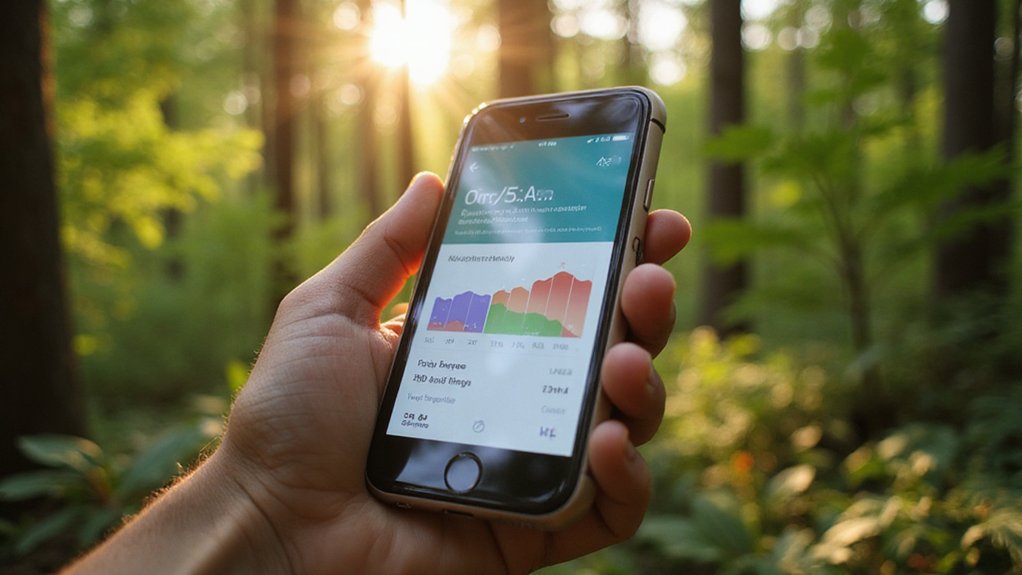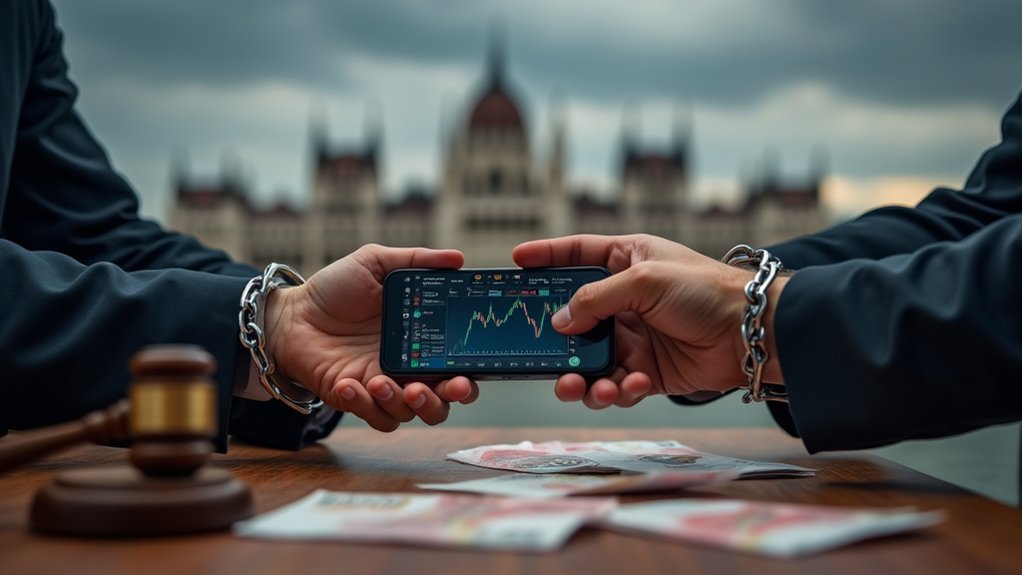While the quantification of human behavior has reached unprecedented sophistication in financial markets—where algorithmic trading systems can parse millisecond price movements and correlate them with weather patterns in Kazakhstan—the measurement of something as fundamental as time spent outdoors has only recently begun to attract serious technological attention.
Revolutionary outdoor time measurement applications now employ GPS data combined with accelerometer devices to achieve indoor/outdoor classification accuracy of 89.58%, collecting data points every five seconds with the precision of a high-frequency trading algorithm. These systems cross-reference GPS coordinates with building footprints and park location data, applying rule-based point cluster methods that would make any quantitative analyst proud of their elegance.
Modern outdoor tracking algorithms achieve 89.58% accuracy using GPS fusion and accelerometer data—computational elegance that would impress any quantitative analyst.
The metrics captured rival those of sophisticated portfolio management dashboards: track counts, average speeds in kilometers per hour, distance measurements, elevation gain in vertical meters, and duration records parsed across hours or days. Such granular data collection enables the kind of statistical analysis that hedge funds typically reserve for alpha generation strategies.
Emerging applications leverage artificial intelligence and big data analytics to generate scores reflecting both quantity and quality of outdoor exposure—essentially creating a “greenness index” that functions like a credit rating for nature interaction. These AI-driven scores help users establish goals and track improvements, with potential applications extending into medical and insurance fields where “nature prescriptions” could theoretically influence premium calculations. Similar to how the digital revolution necessitates reliable internet access for billions of people to participate in financial inclusion, these outdoor measurement technologies require widespread smartphone adoption to achieve meaningful population-level insights.
Fitness tracking platforms like Strava Metro and TrailForks aggregate user data to produce regional outdoor activity statistics, creating datasets whose robustness improves with user density (a network effect that would warm any venture capitalist’s heart). The most sophisticated platforms display activities in a pie chart format, showing percentage breakdowns between different modes of travel such as biking versus walking. Health experts recommend a minimum of 120 minutes of outdoor exposure per week to achieve measurable benefits for physical wellbeing and chronic disease prevention.
The filtering capabilities rival those of Bloomberg terminals: users can parse data by time periods, activity types across thirty-plus categories, and geographic parameters, with pro users accessing advanced analytical frameworks.
The health implications—improved physical activity levels, reduced chronic disease risks, enhanced wellbeing—provide compelling investment thesis material for the quantified self movement. Yet one wonders whether the irony of requiring sophisticated technology to measure something as primal as sunlight exposure might constitute the ultimate market inefficiency in human behavior optimization.




